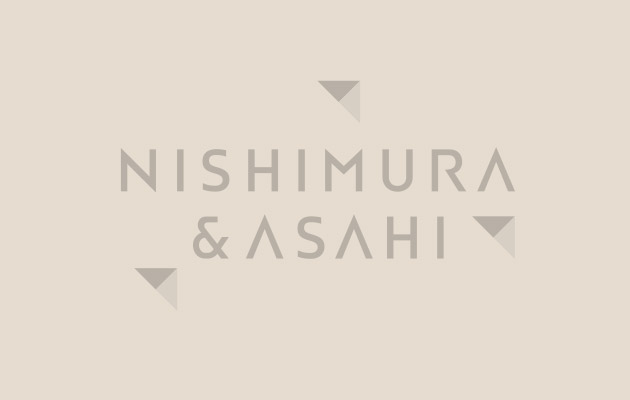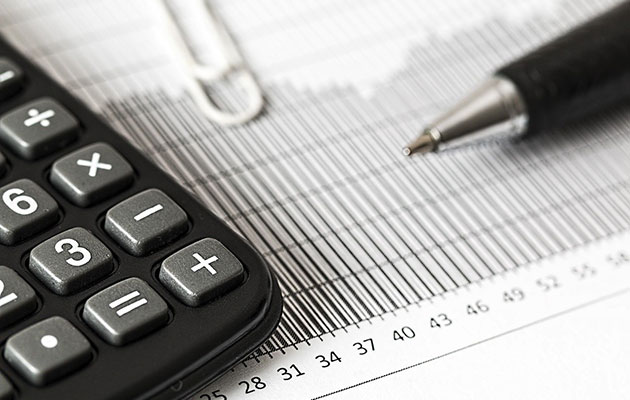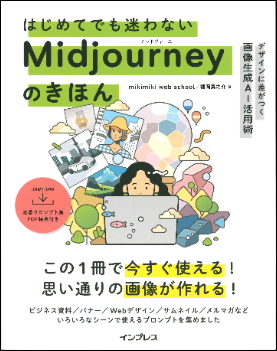-
Articles
Co-Owned Patent Application And Patent Rights In Thailand
Innovation plays an important role in the development and improvement of our everyday life. There is a lot of effort put into coming up with new ideas and the implementation of the same into an innovation, particularly in the case of patents and designs. With this innovation comes the question of who owns a patent as there is often, especially these days, more than one owner of a particular patent. Indeed, all parties to the innovation can own the innovation and apply for their names to be entered as the owners of the patent at the Patent Office.
Unlike a sole owner of a patent, when two or more persons are owners of a patent/design, there are certain points of concern as to what a co-owner of a patent can and cannot do, particularly in Thailand.
Under the Thai Patent Act B.E. 2522 (A.D. 1979) (the “Act”), a patent application can be owned by two or more owners (co-owners). Each co-owner is entitled to freely utilise the patent rights under Sections 36 and 37 of the Act, unless agreed otherwise. However, in order to safeguard all of the co-owners’ interests, some exceptions have been put in place. For example, where there is a transfer of ownership, licensing, surrender of right or an order to cancel the claim(s), the consent of all co-owners is mandatory. This is to ensure that all parties agree to the changes intended to take place.
If an invention/design is jointly made by two or more persons, they are entitled to file a joint application for the patent/utility model/design thus to ensure that the parties involved in the creation of the invention are registered as the owners of the particular invention. If any of the co-inventors cannot be reached or is incommunicado, the other inventor(s) may file a patent application on behalf of him/herself.
If at the point of filing, a co-inventor does not wish to be an applicant to the patent but later decides to join in, he/she can do so subsequently by filing a request to join in as an applicant at any time before a patent is granted. This option is however not available after the patent is granted.
The situation becomes a bit more complicated when a party decides to become a co-inventor after the application has been filed, as officers at the Patent Office would now need to investigate the claim of co-ownership of the patent. To determine the validity of the claim, an officer would then request for all parties involved with the patent to meet at the Patent Office in order to investigate the claim of joint ownership. The officer may require the applicant and co-inventor to be interviewed, and may request them to submit additional documentation for the officer’s consideration. The decision of whether or not to allow the request for co-ownership of the patent is finally made by the Director General of the Department of Intellectual Property.
Pursuant to Section 11 of the Act, in case the inventor(s) is/are employees of a company, the right to apply for a patent shall belong to the company
While the patent application is still pending, if one of the co-owners wishes to discontinue with the patent application, he/she may submit a petition for abandonment of the application to the Patent Office. Alternatively, said co-owner may wish to assign its patent right to another co-owner(s), as the case may be. In this regard, a recordal of assignment should be submitted to the Patent Office. A deed of assignment must be executed by all parties concerned.
By virtue of Section 35 bis of the Act, while the patent is still pending, an infringement of the patent is not recognised. Hence, an applicant cannot initiate any infringement proceedings to stop any infringing act. The only cause of action available in this situation is for the co-owners to send a ‘cease and desist’ letter to an infringer, which will give grounds for the co-owners to claim damages from the infringer when the patent is eventually granted. However, in this instance, consent or agreement from all the co-owners is not necessary to notify the infringing party.
Co-owners can independently exercise their patent rights conferred to them under Section 36 of the Act (use, sell, have in possession for sale, offer for sale or import) and Section 37 (patent marking).
Unlike in the USA, in Thailand, in order to grant the licence or assignment of the patent to a third party, the co-owners must agree to license or assign to a third party pursuant to Section 40.
According to Section 41 of the Act, a licence or assignment must be made in writing and registered with the Patent Office. Failure to comply with this requirement will cause the agreement to be null and void pursuant to Section 152 of the Civil and Commercial Code (the “CCC”).
Co-owners may surrender the patent or cancel the allowed claim(s) by submitting a petition and supporting documents, evidencing that the other party agrees to surrender the patent or cancel the claim, to the Patent Office. Ministerial Regulations No. 27 dictates the rules and procedures relating to this.
In case the licence of the patent has been granted to a third party, the consent of the licensee is also required to be submitted.
As co-owners, they are entitled to institute a criminal action, a civil action or both against an infringer, pursuant to Section 85 of the Act and Section 420 of the CCC respectively.
Under Section 57 (1) or (2) of the Civil Procedure Code, the co-owner, who is not a party at the time of filing a complaint but decides to be a party as there is vested legal interest in the result of the case; may become a joint-plaintiff by filing a motion with the court at any time before judgement is given.
Although there are many advantages one may gain from collaboration with several parties, such as cost and resource sharing, brainstorming of ideas, as well as the creation of innovation and technology leading toward an invention; submitting a patent application as co-owners definitely has its own disadvantages compared to a sole owner of a patent. It creates complications in the asserting of the rights of the patent, especially when there is no mutual agreement as to how the co-owners would like to jointly utilise the patent relating to exceptions as explained above. For instance, assignments and licences are fairly common in the lifespan of a patent, and if co-owners cannot come to a mutual agreement often the license potential is lost or meets ‘dead-end’, which leads the co-owners to receive no benefit from the patent itself.
Considering that ‘consent’ seems to the fundamental element in situations where co-ownership is at stake, co-owners must take this responsibility seriously as there is much to gain from a patent, and public interest should be considered. Therefore, striking a balance between public and private (co-owner’s) interest is vital.
Perhaps the Act should actually include provisions where the Patent Office – through the Director General – could in limited areas and certain circumstances intervene where consent is not present.





